How to install steam heating yourself: installation instructions
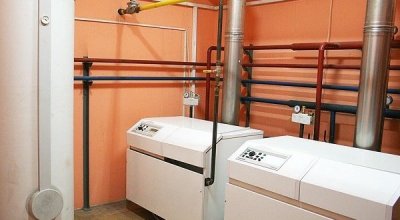
Steam heating has lost popularity for the reason high accident risk. These structures are no longer installed in public places.
However, in private homes this heating option is often used. Homeowners prefer to use steam for many reasons. One of them is opportunity to save, having done the installation work yourself.
Content
Steam heating is an efficient source of heat
This is a type of structure that heats a room, in which the heat carrier is steam. The difference between this type of heating is unusually high efficiency, which exceeds, for example, the water system 23 times.
The source of heat is steam boiler. The design also includes heating devices: radiators, pipes (smooth and finned).
Operating principle
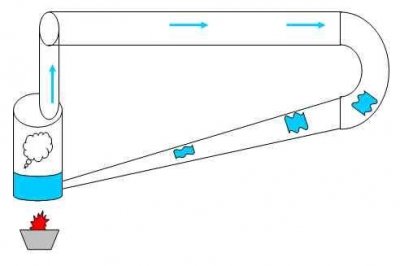
It forms in the boiler hot steam that moves along a thermal circuit.
As the steam cools, it turns into water, releasing a large amount of heat.
The cooling liquid gradually collects in a container, from where it is pumped to the boiler for subsequent heating and vaporization cycle.
There are systems in which condensate simply flows to the boiler without additional devices and containers.
Features of heating a private house with steam
The heat delivered by steam has a number of advantages, which attract the attention of thrifty owners:
- installation of the structure will cost comparatively inexpensive, repairs and maintenance also do not require much money and time;
- equipment does not take up large spaces;
- the room is heating up in a matter of minutes;
- practically absent heat loss;
- heat is transferred through pipes and distributed not only by convection, but also radiation;
- thanks to the efficiency they install small number of radiators and even make do with just pipes.
Due to high heat transfer, they reduce area of radiators and diameter of pipes.
When choosing a heating system, you should know not only the advantages.
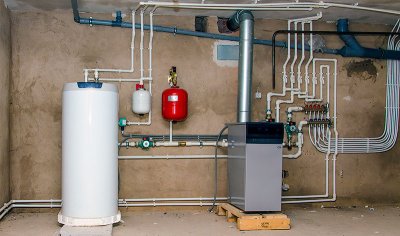
There is a row cons:
- the equipment itself noisy;
- you will have to be careful as the temperature of the pipes can vary more than 100 degrees;
- surfaces heating mains must be closed, especially if there are children in the family - to avoid serious burns;
- there will be in the room high air circulation, a low level of humidity is established, which will require measures to clean and humidify the air;
- in case of an accident occurs risk of serious injury - hot steam will be gushing out.
How to do it yourself correctly
If you have plumbing knowledge and skills, as well as confident handling of power tools, you can provide steam heating for your home yourself.
To complete the work you will need:
- pipes for heating mains;
- fittings, adapters, Mayevsky taps;
- heating device;
- steam generator;
- control devices.
Attention! To keep the project well thought out, it is worth writing down ideas for placement elements, their types and sizes. This can be done directly on the diagram.
The process consists of several stages. In order to start the work correctly, and most importantly, to finish it successfully, you should design the structure. This means think through every meter of the heating circuit taking into account the high temperatures of the pipes.
Boiler
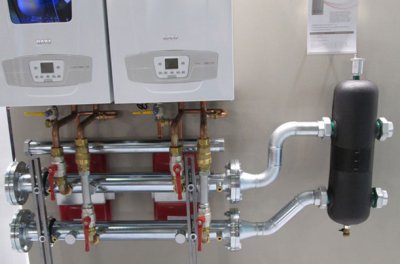
First, the capacity of the steam boiler is calculated. For a small house, the capacity is taken in 25 kW, square more than 200 squares will require already 30.
If the area to be heated 300 sq. m and more, then you should choose tanks from 35 kW. The boiler power ratio is on average 1 kW per 10 sq. m, if the ceiling no higher than 2.7 m.
In addition to power, attention is paid to the ability to heat water for home use.
Important! The boiler must be tested and have certificateThis is necessary to reduce the risk of accidents.
Heating diagram
After determining the boiler type, the design operating schemes are selected:
- two-wire with top wiring (the equipment heats up more evenly, the condensate goes into the boiler through a separate pipe installed at an angle);
- single-wire with bottom wiring (the part of the line remote from the tank will be heated with hot water).
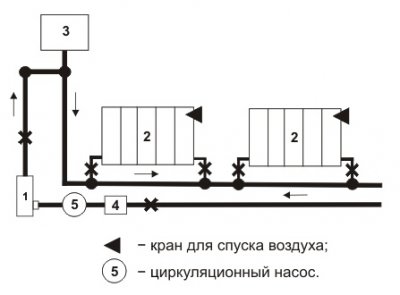
The choice of the scheme is determined by several factors:
- heated square;
- boiler installation location;
- number of installed pipes and radiators;
- convenient and safe location pipes and installation of a heat exchanger.
This is a complex process that will require time and careful analysis of the existing conditions.
Materials for highways and radiators
Regular pipes used for water supply will not work. The following options are offered to consumers:
- steel - can withstand high temperatures, but will rust over time;
- copper - good thermal conductivity, durability and cost;
- galvanized steel - not subject to corrosion, inexpensive.
The last option is considered optimal.
For radiators, first of all, they consider cast iron products. They are durable, resistant to aggressive environments and corrosion. They are also suitable steel with ribs — for increased heat transfer.
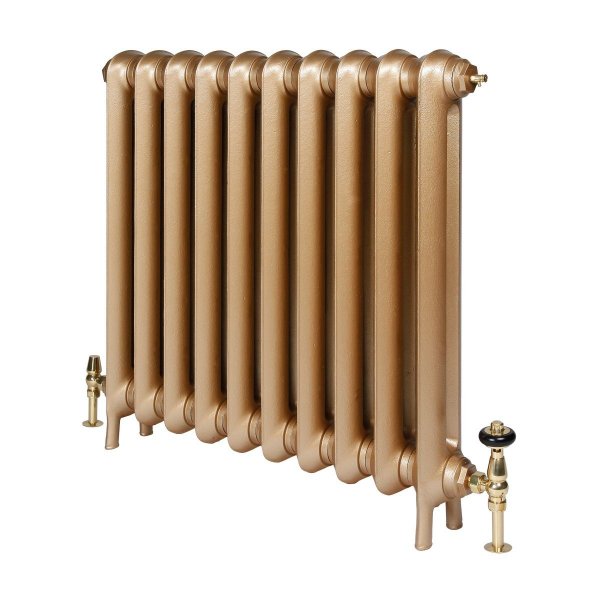
Photo 1. Cast iron radiator with fins, model Prince 640, heat output - 399 W, manufacturer - "Exemet".
Control devices
Control block - a necessary element, since hot steam is a difficult element to control. Reducer regulates the pressure; when it increases, the valve is activated.
The project must include:
- total length of pipes;
- radiator installation locations;
- pipeline branching points;
- necessary adapters.
This is laid out on paper, a diagram is drawn taking into account the features of the home. All the clarifications and dimensions are written directly on the drawing. With a ready-made model of the future structure, they plan and carry out purchases of the necessary equipment and tools.
Homemade circuits that are easy to repeat
If you look at the materials on the device of steam heating in detail, it becomes clear that it is quite possible to make a house warm on one's own.
Single pipe
The simplest scheme is series connection of radiators, which are connected to the outlet and inlet of the boiler. The steam, gradually cooling, moves from the beginning of the circuit back to the boiler. Part of the mechanism is no longer heated by steam, but hot water.
Reference! The pipes are located low, and the temperature in the first and last radiators is equalized by connecting circulation pump.
Horizontal
This simple circuit is suitable for small houseIf there are many rooms, you will have to speed up the movement of the coolant pump. In order to switch on the radiators variably, the circuit is complicated by building into it bypasses (adapters that exclude some sections).
Vertical version of a single-pipe system
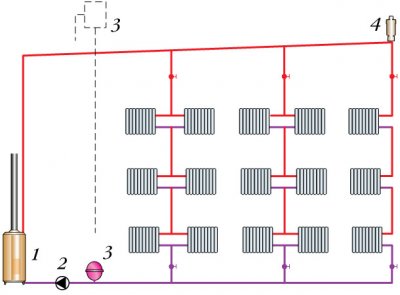
Provides warmth a house with two or more floors. For a small home with a heated attic or a warm subfloor, this is a suitable type of contour. It requires few materials, and the structure itself will not cost much.
They think about it for each floor chain of radiators, calculate the required amount of material, taking into account jumpers with bypasses (this will help make the temperature more even in the rooms).
Leningradka
This is a more complicated version of the previous scheme, which provides for maximum temperature equalization coolant along the entire length of the circuit.
The principle of operation is to distribute the coolant in such a way that it part moves, bypassing radiators (using bypasses). To do this, a pipe is laid under them, from which branches go to the input and output of the battery. The section between the branches is jumper, which will help control the temperature in the room. The coolant goes directly to the next part of the circuit without cooling down.
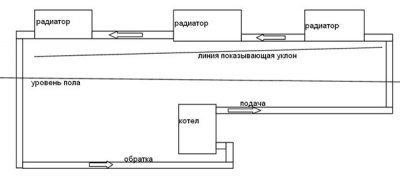
Thus, the temperature is stabilized, which allows for rapid and uniform heating of the premises. This scheme assumes a circulation pump.
Single pipe designs are suitable for private houses with a small area.
Two-pipe circuits with distribution
Used in multi-room houses with a large area. There are scams lower or upperTo increase the efficiency of the heating structure, forced circulation is used.
DIY installation
Installation is in progress:
- By checking the drawn diagram, they create piping layout drawings with dimensions.
- Next, the following are determined: radiator placement positionsThe optimal location is under the windows.
- Expansion tank (for two-pipe design) is installed at the highest point of the mechanism. In the diagram, the position of the tank is located between the heat source and the radiators. According to professional recommendations, the tank is placed as close to the boiler as possible.
- The pipes are laid from the radiators to the tank. Each radiator is recommended to be equipped with a special valve to remove air and prevent the formation of air locks (Mayevsky cranes). The pipes are connected to the inputs and outputs. The radiators are connected one after another, after which the circuit is closed, the pipe is brought to the boiler.
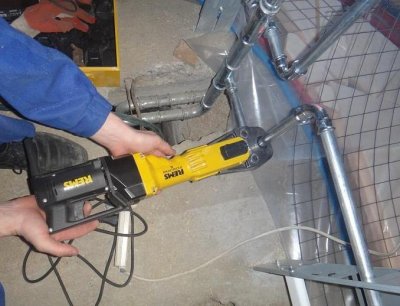
- It is advisable to equip the container filter, in addition, a circulation pump would not hurt.
-
The boiler itself is installed in utility room. Often it is located in a garage or other separate building.
Some distance from the heat generator does not affect the heating, but with such a location, the additional length of the pipes is taken into account.
- On a convenient section of the heating main the inlet and outlet unit is cut into. If the structure needs to be repaired, or at the end of the heating season, the coolant is removed from the circuit through a unit.
- Upon completion of the work, the following is carried out: examination. Even with knowledge in this area, it is better to ask for help from a professional. He will identify the shortcomings of the mechanism, which will help to avoid repair work during the heating season.
Useful video
Check out this video on how to convert your home stove into a steam heating boiler.
Is it possible to make heating from a stove?
To obtain heat from steam, use various types of fuel. Taking this into account, boilers with different design features are produced.
If the use of solid fuel is assumed, then it is built in grate, for gas are installed burners.
Advice! If the water cooling in the pipeline is released into the environment only 120 kJ, then a kilogram of steam, turning into water, will give up 2 thousand kJThis difference maintains the position of the steam design, although it is not safe.
There are options for alternating use of gas, wood or coal.
But the most practical device is considered to be a steam heating system based on existing stove. Special methods have been developed for converting furnaces for steam heating of houses and greenhouses.








